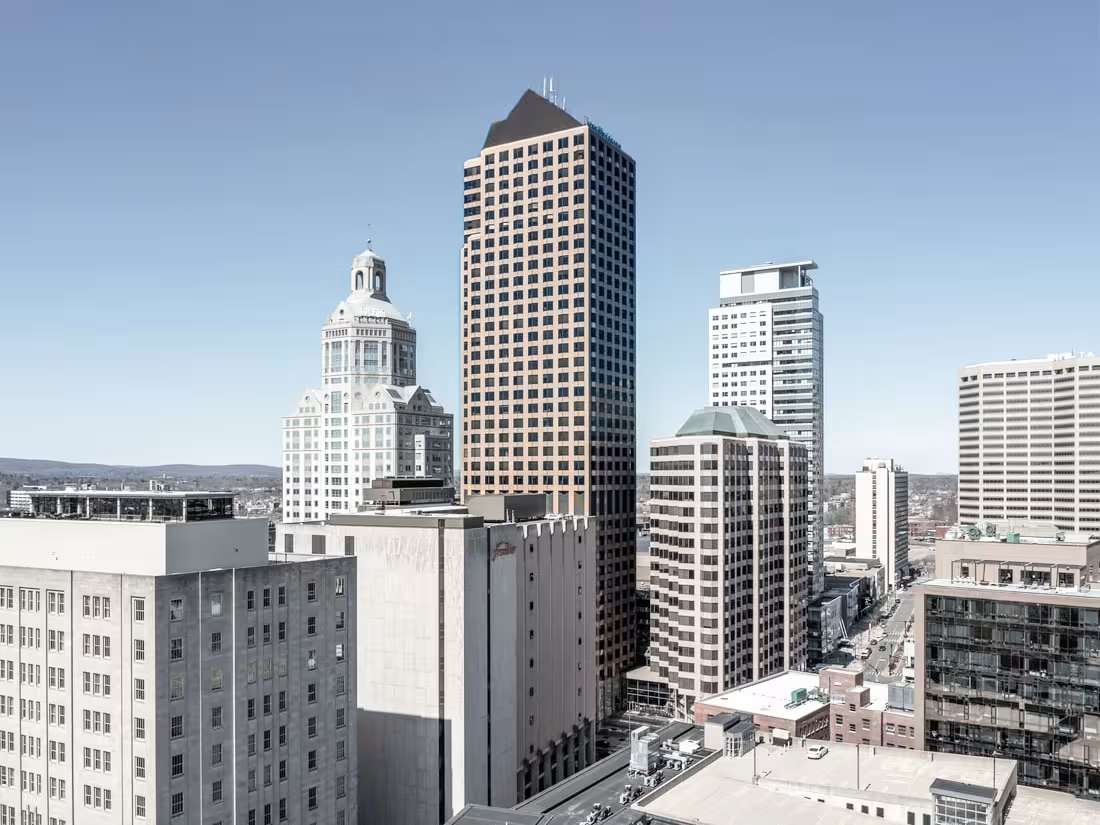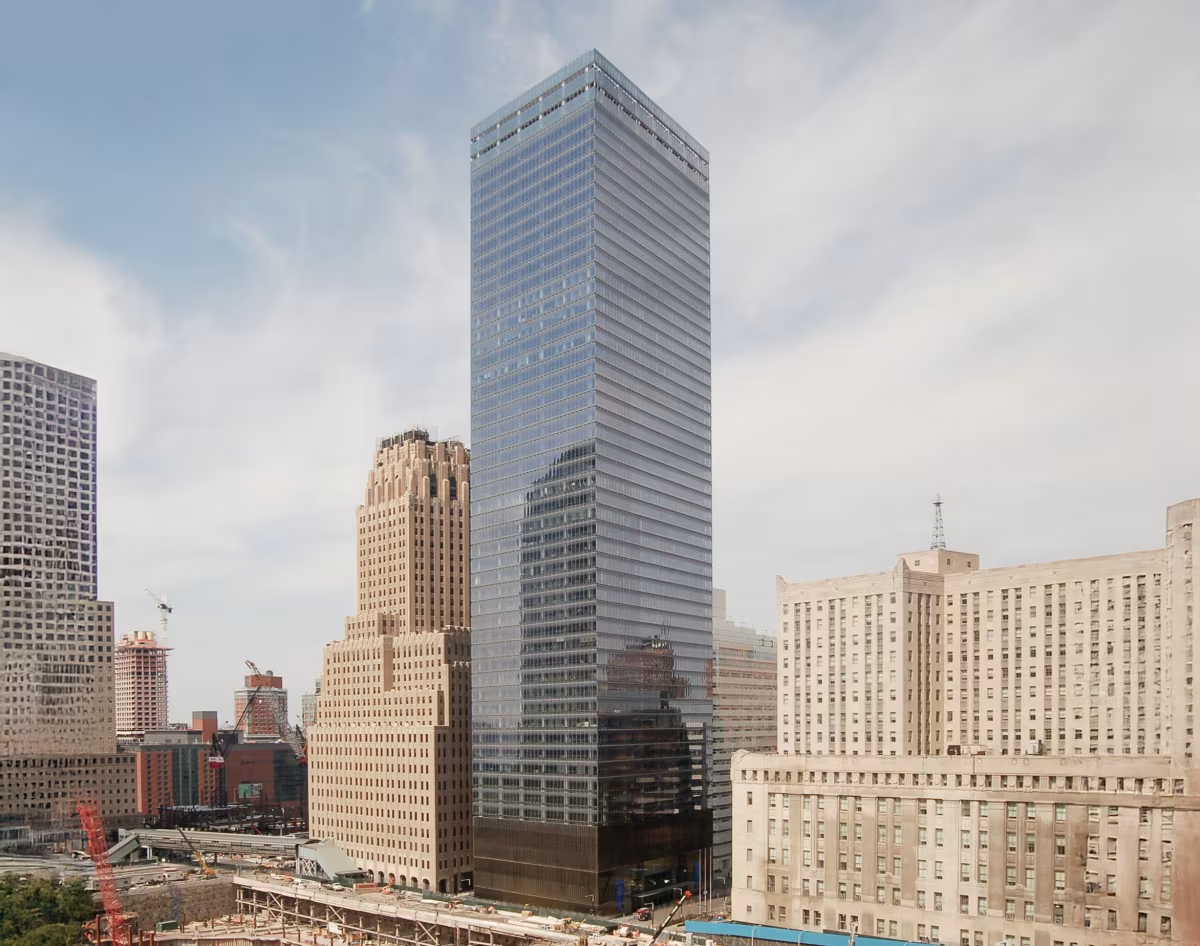City Place I vs 7 World Trade Center


Comparing the City Place I and the 7 World Trade Center is compelling because they were both designed by Skidmore, Owings & Merrill, yet they stand in different cities (Hartford, CT and New York, NY), and were completed over two decades apart.
What this will allow us to see, is how the same firm's approach adapted to different places in different periods of time.
Height & Size
The 7 World Trade Center is clearly the larger tower of the two, both in terms of height and number of floors. It rises to 741ft (226m) with 51 floors above ground, while the City Place I reaches 538ft (164m) with 38 floors above ground.
7 World Trade Center also offers more total built-up area, a total fo 1,681,117 sqf (156,181m2), which is about 861,123 sqf (80,001m2) more than what the City Place I offers.
Of course, each project may have faced different briefs or regulatory constraints, which we don't really know about and could also explain the outcome.
Architectural Style
The City Place I was designed in the Modern style, while the 7 World Trade Center reflects the principles of Contemporary.
The City Place I represents a late expression of the Modern, a style already in decline in 1984 when it was completed. By contrast, the 7 World Trade Center followed the then mainstream Contemporary, embodying the dominant architectural direction of its time.
With 22 years between them, the comparison also reflects how quickly architectural priorities can shift from one dominant language to another.
Uses
Both the City Place I and the 7 World Trade Center were designed to serve as commercial towers, and that has remained their main use since their completion, serving similar roles in the urban fabric.
Structure & Facade
Both towers share the same structural solution, a Frame system.
A frame structure uses a grid of columns and beams to carry the building's loads. This frees the walls from structural duties, allowing for flexible floor plans and larger windows.
However, when it comes to the facade, both buildings use different approaches. The City Place I uses a Modular facade, while the 7 World Trade Center uses a Curtain Wall facade.
A Modular facade like the one seen in the City Place I employs prefabricated panels, often mixing solid surfaces with smaller windows, while a curtain-wall facade like the one seen in the 7 World Trade Center uses a lightweight glass curtain wall hung from the structure.
| City Place I | 7 World Trade Center | |
|---|---|---|
| Skidmore, Owings & Merrill | Architect | Skidmore, Owings & Merrill |
| 1980 | Construction Started | 2002 |
| 1984 | Year Completed | 2006 |
| Modern | Architectural Style | Contemporary |
| Commercial | Current Use | Commercial |
| 38 | Floors Above Ground | 51 |
| 3 | Floors Below Ground | 1 |
| 164 m | Height (m) | 226 m |
| 76180 | Built-up Area (m²) | 156181 |
| Frame | Structure Type | Frame |
| Steel | Vertical Structure Material | Steel |
| Concrete, Steel | Horizontal Structure Material | Poured Concrete Over Metal Decking |
| Yes | Facade Structural? | No |
| Granite, Glass | Main Facade Material | Glass |
| W.E. O'Neil Construction | Main Contractor | Tishman Construction |
| Skidmore, Owings And Merrill | Structural Engineer | WSP Cantor Seinuk |
| CT | State | NY |
| Hartford | City | New York |
| 185 Asylum Street | Address | 250 Greenwich Street |